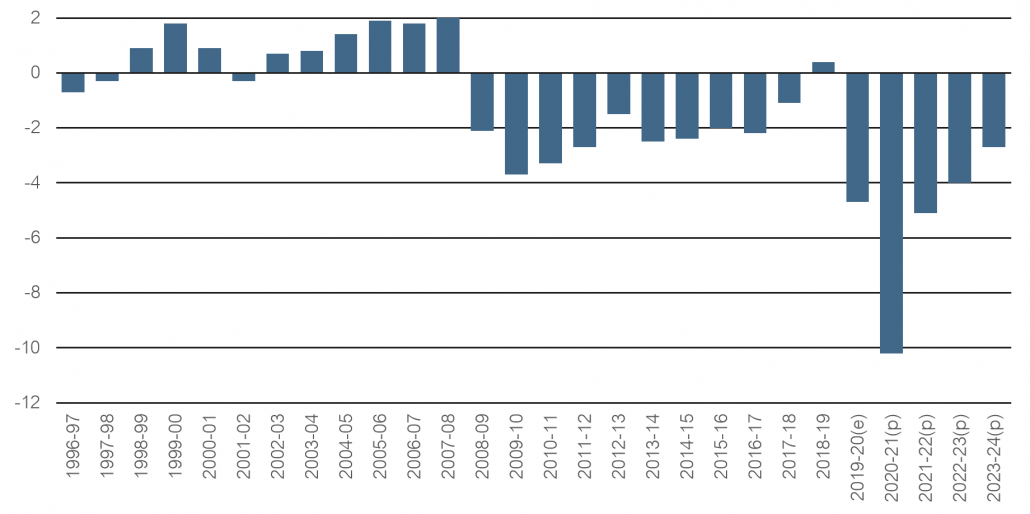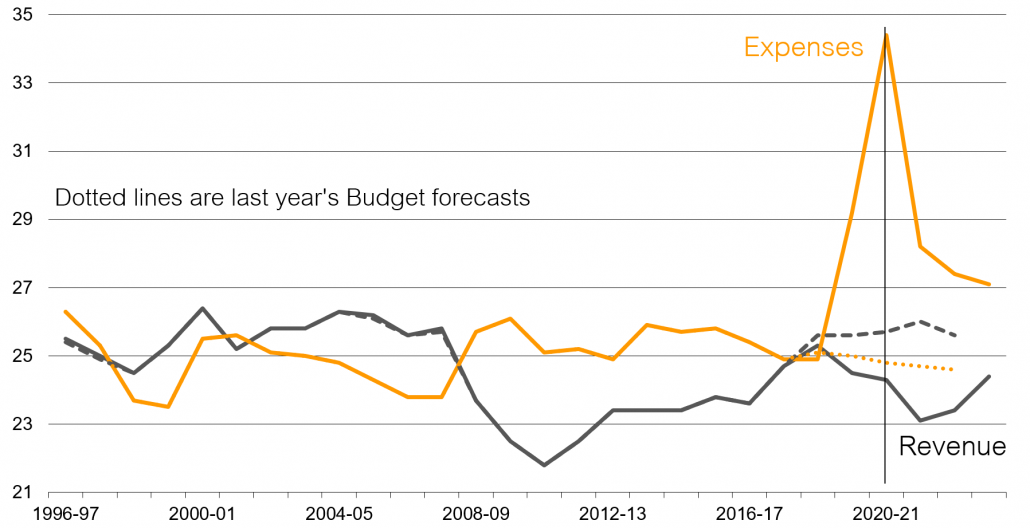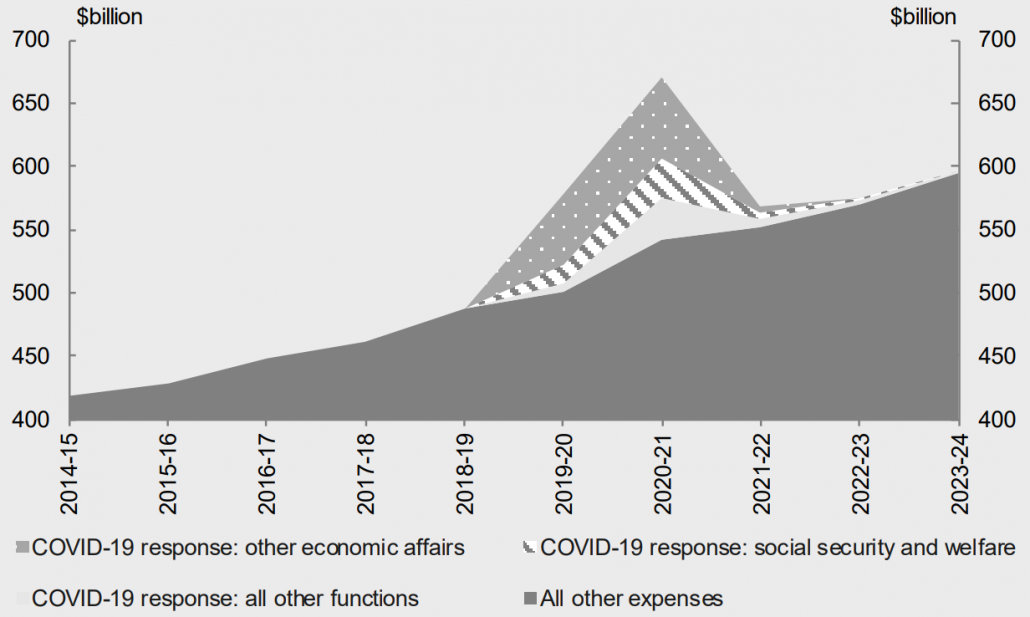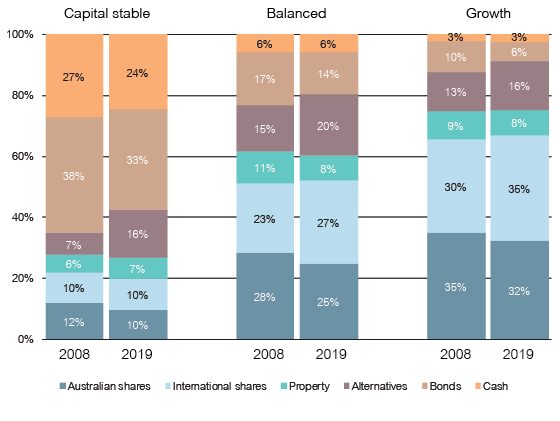SuperRatings and Lonsec have announced the winners of this year’s Fund of the Year Awards, which was held virtually for the first time in the event’s 18-year history.
The Fund of the Year Award went to QSuper, which also took home the Pension of the Year Award and the Smooth Ride Award. UniSuper claimed the MySuper of the Year Award, and Sunsuper clinched the MyChoice Super of the Year Award.
The winners were announced at a virtual awards event on 29 October, broadcast live from the Museum of Contemporary Art, Sydney.
“It’s important to recognise the significant work that all funds have done to support their members through a very challenging year,” said SuperRatings Executive Director Kirby Rappell.
“In a highly competitive field, we decided that QSuper was the fund that performed most strongly across the key criteria of investment performance, fees, member services, financial advice and insurance, and fund governance.”
“Congratulations to the team at QSuper on a fantastic effort. It was a strong field this year and we note the high calibre of all award winners, with the quality of their offerings shining through the pandemic.”
“A lot has changed in super, and there are even more changes to come. We should always be focused on improvement, but we shouldn’t lose sight of the incredible outcomes being produced by a large number of funds, both for their members and the retirement system as a whole. Despite the uncertainty, there is every reason to be positive about super.”
Congratulations to all of the finalists for this year’s SuperRatings and Lonsec Fund of the Year Awards Dinner. A full list of the awards is available below.
SuperRatings Fund of the Year Award
Winner
QSuper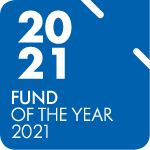
SuperRatings MySuper of the Year Award
Awarded to the fund that has provided the Best Value for Money Default Offering.
Winner
UniSuper
Finalists
AustralianSuper
BUSSQ
CareSuper
Cbus
Equip
HESTA
QSuper
Sunsuper
TelstraSuper
UniSuper
SuperRatings MyChoice Super of the Year Award
Awarded to the fund with the Best Value for Money Offering for Engaged Members.
Winner
Sunsuper
Finalists
AustralianSuper
Aware Super
Hostplus
Mercer Super Trust
NGS Super
QSuper
Statewide Super
Sunsuper
Tasplan
UniSuper
SuperRatings Pension of the Year Award
Awarded to the fund with the Best Value for Money Pension Offering.
Winner
QSuper
Finalists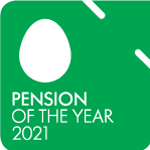
AustralianSuper
Aware Super
BUSSQ
Cbus
HESTA
Hostplus
QSuper
Sunsuper
TelstraSuper
UniSuper
SuperRatings Career Fund of the Year Award
Awarded to the fund with the offering that is best tailored to its industry sector.
Winner
Cbus
Finalists
BUSSQ
Cbus
HESTA
Mercy Super
TelstraSuper
Hostplus
SuperRatings Momentum Award
Awarded to the fund that has demonstrated significant progress in executing key projects that will enhance its strategic positioning in coming years.
Winner
Aware Super
Finalists
Aware Super
Cbus
Equip
HESTA
Mercer Super Trust
Sunsuper
SuperRatings Net Benefit Award
Awarded to the fund with the best Net Benefit outcomes delivered to members over the short and long term.
Winner
AustralianSuper & HESTA
Finalists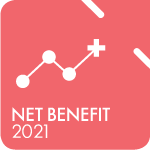
AustralianSuper
Cbus
HESTA
Hostplus
QSuper
UniSuper
SuperRatings Smooth Ride Award
Awarded to the fund that has best weathered the ups and downs of the market, while also delivering strong outcomes.
Winner
QSuper
Finalists
AustralianSuper
Aware Super
BUSSQ
CareSuper
Cbus
QSuper
Infinity Award
Awarded to the fund most committed to addressing its environmental and ethical responsibilities.
Winner
Local Government Super
Finalists
Australian Ethical Super
CareSuper
Christian Super
Future Super
HESTA
Local Government Super
Lonsec Investment Option Award
Seeks to recognise and highlight the work of asset managers and key players incorporating ESG.
Winner
CareSuper – Sustainable Balanced
Finalists
CareSuper – Sustainable Balanced
Cbus – Growth (Cbus MySuper)
Suncorp Multi-Manager Growth
Sunsuper for Life – Balanced
Release ends

